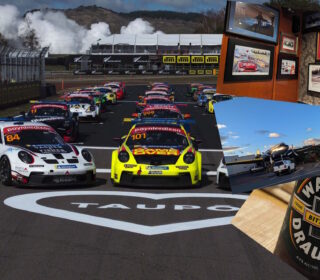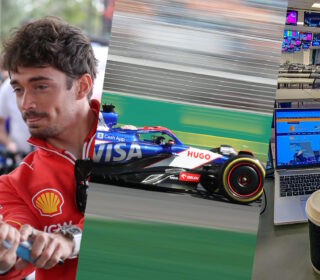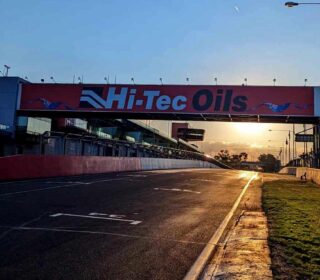COMMENT: Getting in a Flap over Paddle Shift
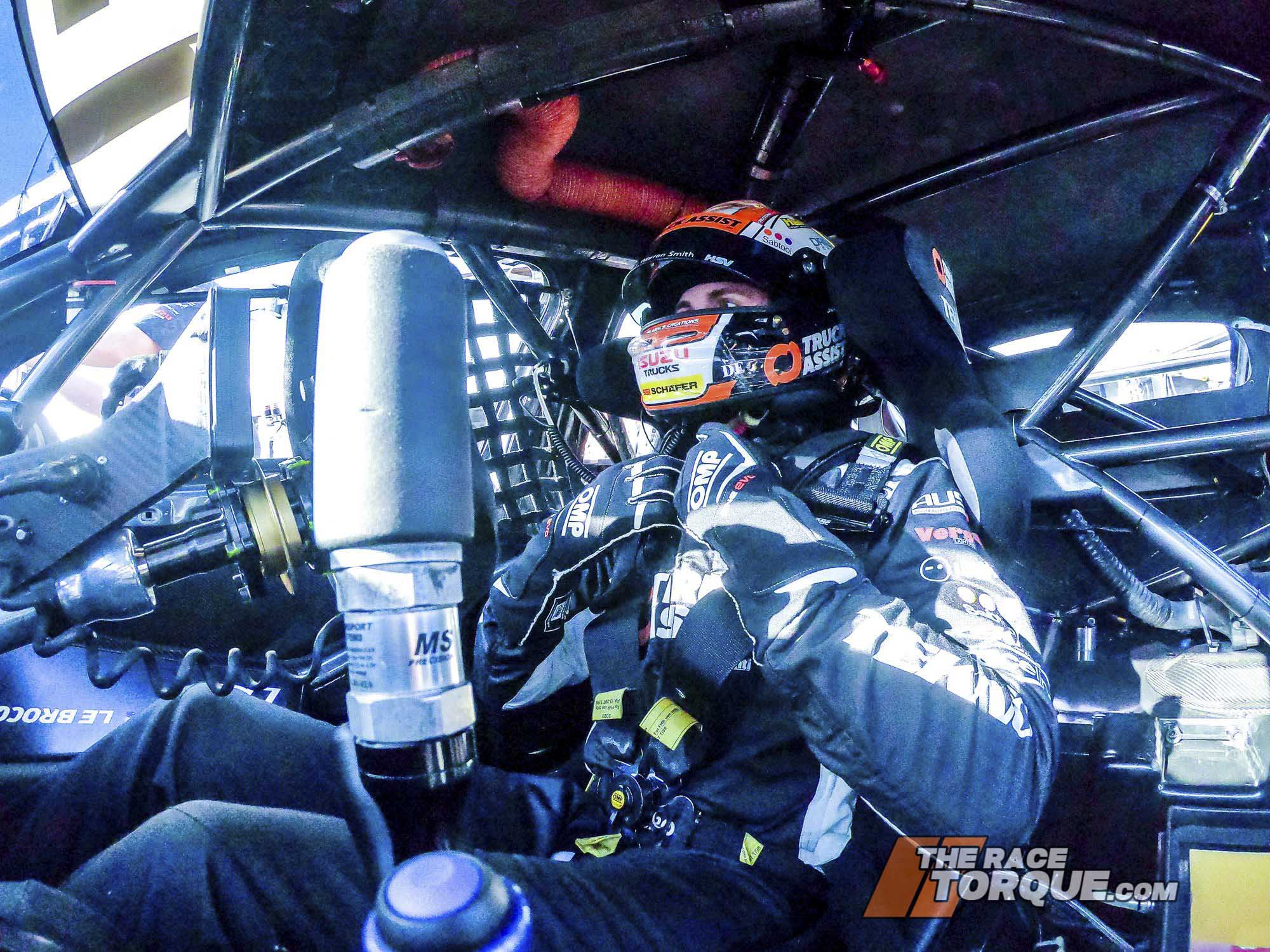
If you have been keeping up to date with the progress of Supercars’ Gen3, there appears to be only one issue on everyone’s mind: paddle shift.
Want proof? Catch Richard Craill’s take on the issue right here!
The fact is, there hasn’t been this level of debate since V8 Supercars went from H-pattern gear selection to sequential shifters in 2009.
The impetus for that change was to eliminate the dreaded miss-shift, causing damage to the transmission and engine; however, it did delete the option of drivers skipping slots on a down change, making the process less efficient.
That said, sequential shifting isn’t entirely foolproof, with Tim Slade’s Bathurst wall cruncher from earlier this year a point in case.
“The H-pattern adds to the character of the car. A sequential shift is like traction control, it takes away another element of the driving skill.”
Jason Richards, March 2009 to the Adelaide Advertiser.
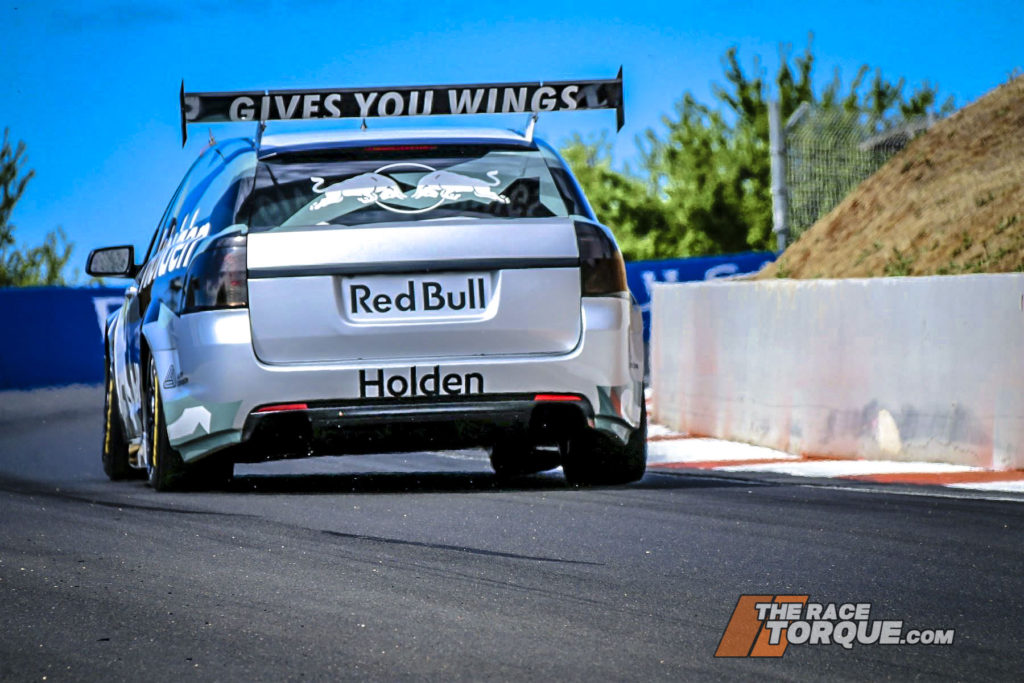
Why Paddle Shift?
The topic of paddle shift was first discussed at a Supercars Commission level in March 2017, although Triple Eight initially trailed the system as far back as 2014 in their Sandman ride car.
Topics to consider include cost, safety and sporting implications.
From the cost perspective, like the move from H-pattern to sequential, there is the argument that paddle shift is easier on engines and transmissions.
There would most likely be the need to implement a fly-by-wire throttle system, which is already compatible with the Supercars spec ECU and has been used previously on the Holden prototype car, as well as the Erebus AMGs in 2013.
Actual paddle shift systems are readily purchased off the shelf, while new shifting mechanisms would be required regardless for this new generation of cars – on-selling second-hand cars to Super2 sans shifter would be somewhat daft.
The argument in terms of safety is that there is one less thing for a driver to come in contact within the cabin, plus ditching the gear stick also simplifies driver extraction in the event of a significant accident or rollover.
It also allows the driver to be positioned further away from the door.
Chaz Mostert’s leg shattered on his gear stick at Bathurst in 2015, which saw mandatory leg protection brought in for 2017, although there is still the potential for a driver’s arm to strike the stick.
Meanwhile, window net-like devices installed by many teams on the driver’s left-hand side could be optimally positioned if the stick was omitted.
Earlier this year, the call for Gen3 parts tenders included a requirement for a paddle shift system to feature the complete steering wheel, including a CAN control switch system, switches, and display with integrated shift lights.
Subsequently, there have been calls for such a system to omit “autoblip”, which automatically mimics a driver’s heel-and-toe technique on down changes.
From a sporting angle, that’s where the drivers fire up…
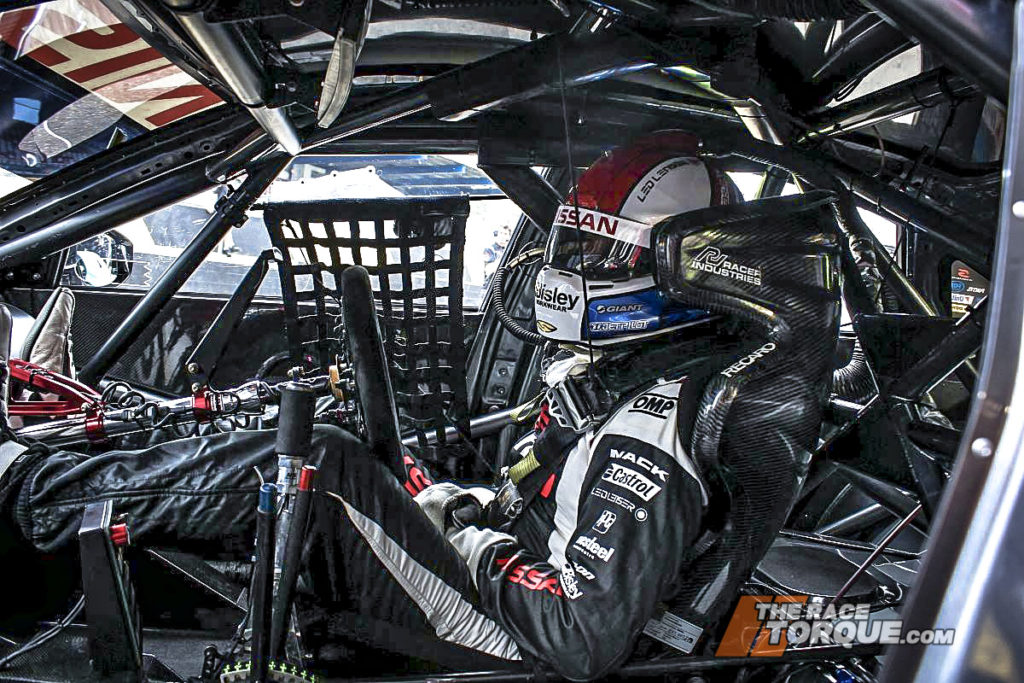
What the Players have Said
“That process of heel-and-toe, getting the timing of the change right… if you take all that stuff away you’re a step closer to sitting on the PlayStation.”
Todd Kelly, March 2017 to Supercars.com
“There are a lot of smart people who understand it more than me that have reasons for it or against. It’s a lot easier to do than take your hand off the wheel and change the gears, but you’ve still got to drive the car fast.”
Anton de Pasquale, January 2021 to Supercars.com
“I find GT racing very, very boring, so I think the minute they go to paddles, it is probably going to kill my love for Supercars, which will be disappointing.”
Nick Percat, January 2021, Speedcafe.com
“I think they should go back to H-patterns, if it was up to me.”
Paul Morris, January 2021, Speedcafe.com
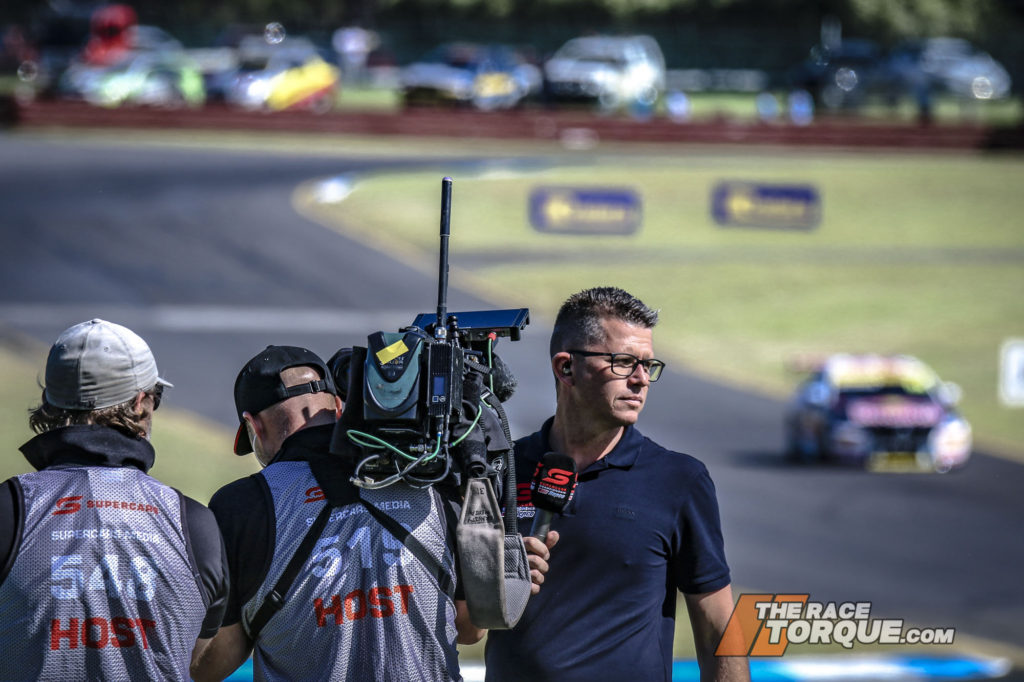
“You sort of get the whole nostalgic view of wanting to stay with a gearstick but realistically, modern cars today, how many manual cars are there on the road? For us to stay relevant as a sport, kids will be watching TV saying, ‘what are they pulling on that stick for?’ What I do like about it is that you can over-rev a lot less because you can put a lockout on the downshift so that you don’t downshift too early and things like that, so from a team owner and a cost point of view, they probably like that. But I think the big thing is the relevance to what current performance cars are. A performance car these days isn’t a manual gearstick, it’s an automatic car that then has a sport option with paddles on the steering wheel. If we want to see Supercars as a performance variant to the roadgoing cars, then I think we need to be relevant to what the current performance road cars are.”
Garth Tander, January 2021, Speedcafe.com
“The Brazil cars have got paddle shift, but they don’t have auto-blip, so you have to actually still blip it on downshift. Driving with it over there it still feels like a race car. You’ve gotta shift down and everything, blip the throttle, and it feels like you’re still working quite hard. Paddle shift, it wouldn’t really bother me either way, to be honest.”
Mark Winterbottom, March 2021, Speedcafe
“Throw paddle shift in the bin… I think next year’s exciting, the Gen3 having no aero and all that kind of stuff – except for paddle shift; that’s shit.”
Shane Van Gisbergen, March 2021, Sandown Press Conference/ Speedcafe
“Why don’t I like paddle shift? What goes with that is electronics around your throttle, so you have auto throttle blip. One of the major skill sets of a race driver is his ability to down change the gears, brake, roll his ankle over and blip the throttle to match the engine and throttle on your downshift so you don’t lock up your rear tyres. A lot of drivers intentionally downshift early and over-rev the engine to use that retardation as a driving technique. What you’ve done is take away a massive skillset required by a driver to manage his racing effort. I don’t agree with anything that takes that away.”
Mark Larkham, March 2021, Motorsport.com
“What we have is unique. Everyone else has gone that way (paddle shift), so why should we go that way too? You want things to go wrong, you want the human element rather than the electronics taking over.”
David Reynolds, March 2021, Carsguide
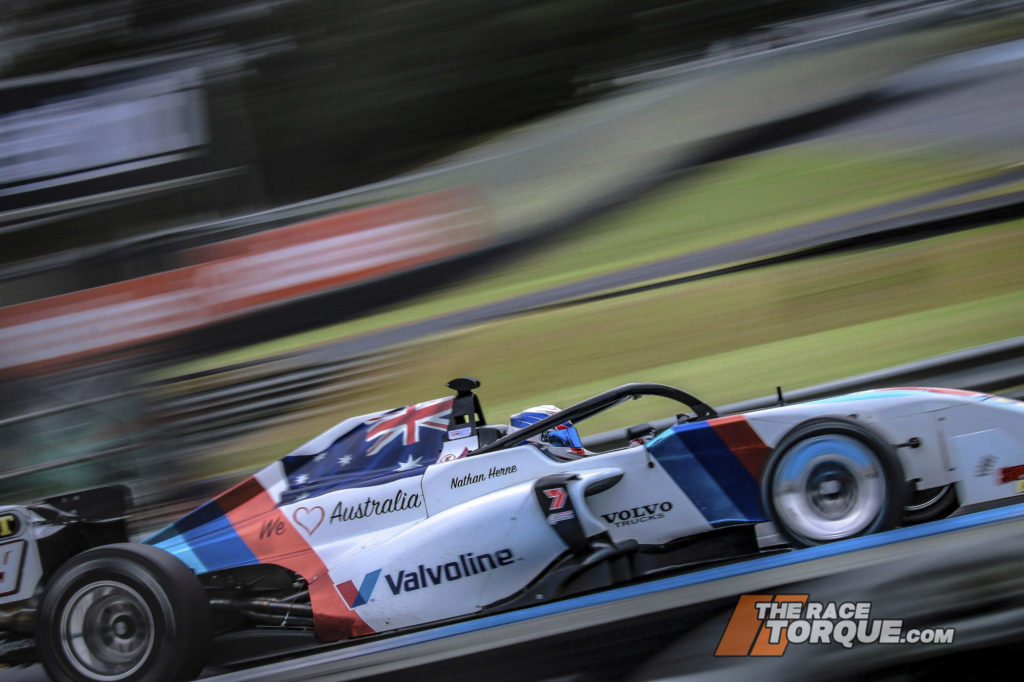
What’s Going on Elsewhere?
The hottest new category on the block is S5000 – big bad open-wheelers, a real throwback to the F5000 days of hairy-chested race cars.
But look closely; they have all of the latest safety gear, and like other top open-wheel categories around the planet, paddle shifters.
Some quarters are quick to point to TCR as the future, with their rules allowing for production-spec paddle shift systems, which is found in many cars, while the new-to-Australia in 2022 Porsche 911 GT3 Cup Car will also feature paddle shift.
GT3 cars are paddle shift all the way, while Sports Sedans have moved in recent times to allow them in.
Sports cars along the lines of Radicals also utilise paddle shifts.
Another category where keyboard pundits have pointed to the future of Supercars is production cars – although the top end of that town is filled with paddle-shift enabled cars.
A recent look at the in-car footage from the Bathurst 6 Hour revealed many hands glued firmly to steering wheels. More on this below.
On the other hand, some categories still utilise traditional gear change methods.
Trans Am continues to stay true to its North American roots with a four-speed H-pattern box, although it is interesting to note that NASCAR’s Cup Series will be making the mammoth step to the six-speed sequential box currently utilised in Supercars competition.
Super Utes are fitted with an H-pattern box, a legacy item from V8 Utes, while Formula Ford and Touring Car Masters have stayed true to their H-pattern roots.
Aussie Racing Cars, meanwhile, has kept its classic Yamaha engine/gearbox combination, which features a sequential shifter adjacent to the steering wheel, however, they did test sequential shifters back in 2016.
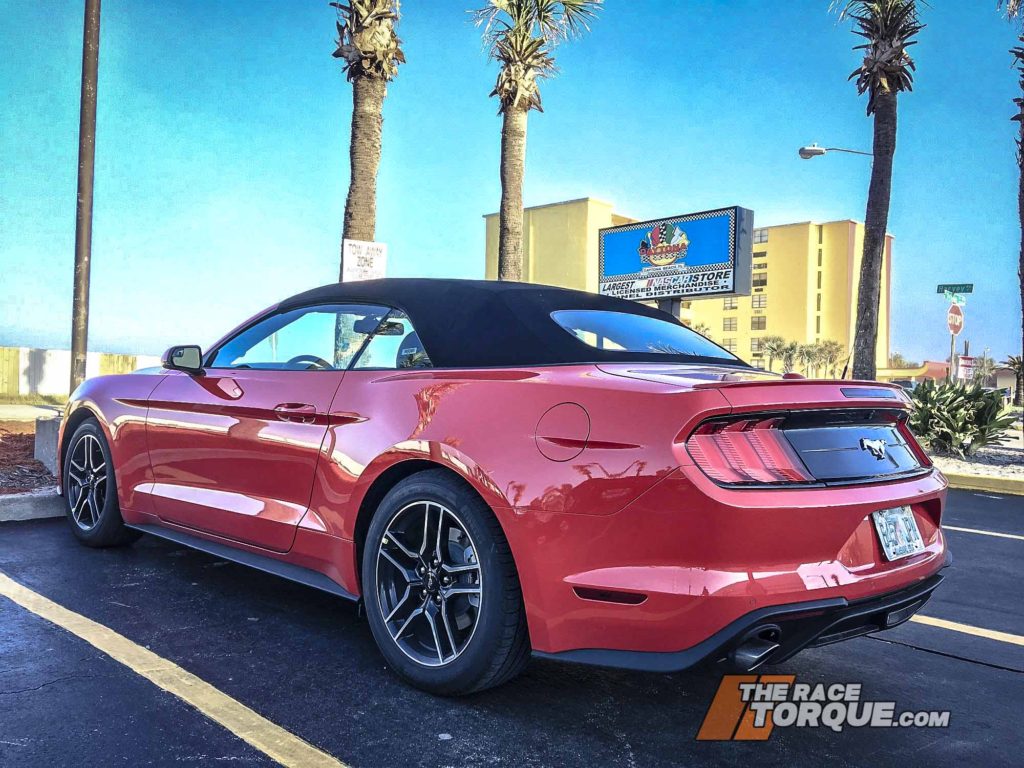
Market Relevance
Motorsport, not just Supercars, are at the crossroads: essential decisions are being made across the board regarding the sport’s future direction.
Should categories pander to the wishes of manufacturers or go all out in the name of entertainment?
Also, should categories be seen to be doing the right thing for the environment, in what is an inherently messy business?
As Dale Rodgers mentioned in his excellent recent column, Supercars is making provision for a hybrid future in its Gen3 architecture, although this is for a category that has gone from four actively participating manufacturers to one.
As noted elsewhere, the likely future of new marques coming to play in the Supercars sandpit will be more likely to be along the lines of brand licensing by teams, rather than full-on factory assaults.
The argument of gear stick relevance from track to the car park has been wheeled out regularly in this discussion.
The fact is, traditional stick shift, once the standard fitment for all cars, is now the domain of bargain hunters and enthusiasts.
Across the board in Australia, it is estimated that less than nine per cent of new cars are sold as manuals.
With relevance to Supercars, the hero Mustang model available in Australia, the limited run of 500 R-Spec, is exclusively available with a six-speed manual.
The ten-speed paddle-shift auto preference is available across the remainder of the range and the only option for the convertible.
Nearing the peak of Australian Mustang sales in Australia in 2016, 43 per cent of deliveries were manuals, with the majority favouring the auto option.
The two local Camaro variants can be ordered with either the six-speed manual or ten-speed paddle-shift auto.
Elsewhere, the ever-popular Toyota Corolla in recent times has been shifting less than 1.5 per cent of cars off the lot fitted with an H-pattern shifter.
Fewer and fewer teens are choosing to get their driver’s license, and a diminishing percentage of those are bothering to get a manual, with less than 25% currently being taught the art of clutch control.
For most, their car is now a device to get them from A to B, with automatics taking the left leg stress out of the peak hour crawl.
…And the Future
All this talk of H-pattern, sequential and paddle shift is completely short term chatter – the fact is that the future will most likely be powered by electric motors, which depending on the wishes of organising bodies, won’t require shifting.
Yes, Formula E has transmissions (with paddle-shift where required), but this is simply because Formula E has written them into the rules to give the category the feeling of normalcy in the motorsport spectrum.
Originally a mandated five speeds, the category’s gearboxes now typically contain one or two cogs each, such is the tremendous torque and linear power curve of their motors.
If drivers are getting emotional about gear change mechanisms, keep it on the down-low that in the future they won’t have gears at all…
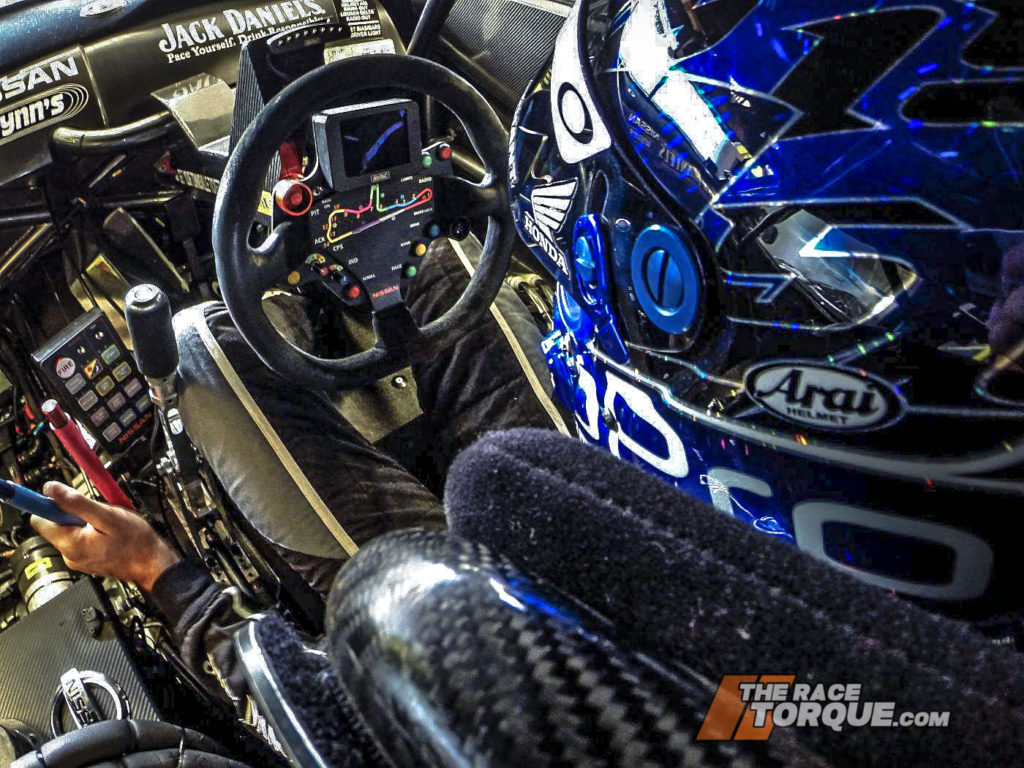
A Punter’s Take
The thing that grinds my gears (unintentional pun) is that the stars of the sport have labelled the Gen3 package “shit”, and it’s a storyline that the incredibly impressionable fanbase have run with.
Look at the comments section to this, plus other stories, and the sport has already alienated punters before a car has ever been produced.
They have been spoon fed that the concept is flawed, and have had their mind made up for them.
Supercars needs to make sure that their Gen3 product is premium and aspiration.
Holding onto a gearstick clings to the past, and clumps the category on an island with low rent classes.
It’s not technology to be scared of – it is already everywhere else at the pro end of town, and probably already fitted to the car in your garage.
Some drivers are upset, their reasoning is presented above, and certainly by removing autoblip, there is some imperfect common ground. It’s autoblip that is the real issue here, not the act of paddle shifting.
But fun fact: not many of the drivers pay the bills when they over-rev on a down change, and the good ones will keep being good next year –Shane Van Gisbergen is difficult to beat no matter how he changes gears, with his Bathurst 6 and 12 Hour wins claimed with hands firmly held on the steering wheel.
Are the drivers afraid of losing the competitive advantage they currently hold of having cars that are unique to drive? Really, what have they got to be afraid of?
Our drivers are damn good – chuck them in a GT3 car, and they continually prove to be as good as anyone in the world.
Frankly, making the cars easier to adapt to will have its advantages.
There is constant chat of Supercars teams with worldwide aliances running megastars in their cars at Bathurst.
Currently, the issue is, without an effective familiarisation program, they won’t be anywhere near the pace of the regular drivers, ultimately discouraging many players from being involved.
The industry froths over the prospect of a Daniel Ricciardo/ Lando Norris Walkinshaw Andretti United wildcard – if that’s closer to reality with paddle shift, then sign me up.
Spectators in the stand don’t have x-ray vision; they can’t see what drivers are doing with their hands, all that matters to them is that the cars are fast and loud, and the racing product is good.
And if some drivers stop having fun by not having a gear stick, then there are still plenty of other things they can go and do with their hands instead.
For some, it appears to be a hill to die on, but surely as a sport we can concentrate on improving next the show for the future, and not get in a flap about something that really doesn’t matter?



